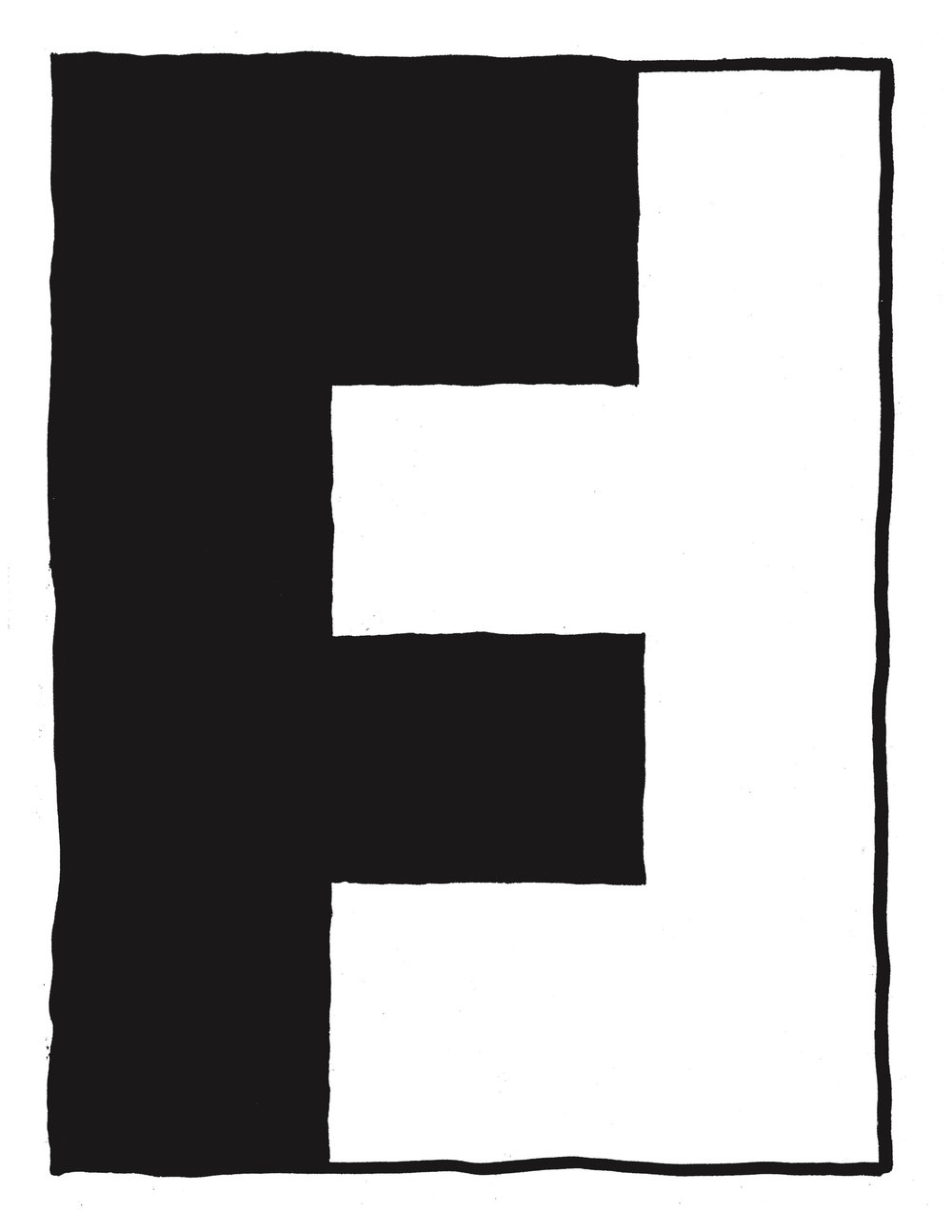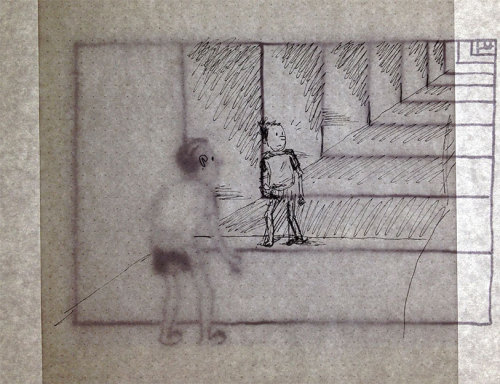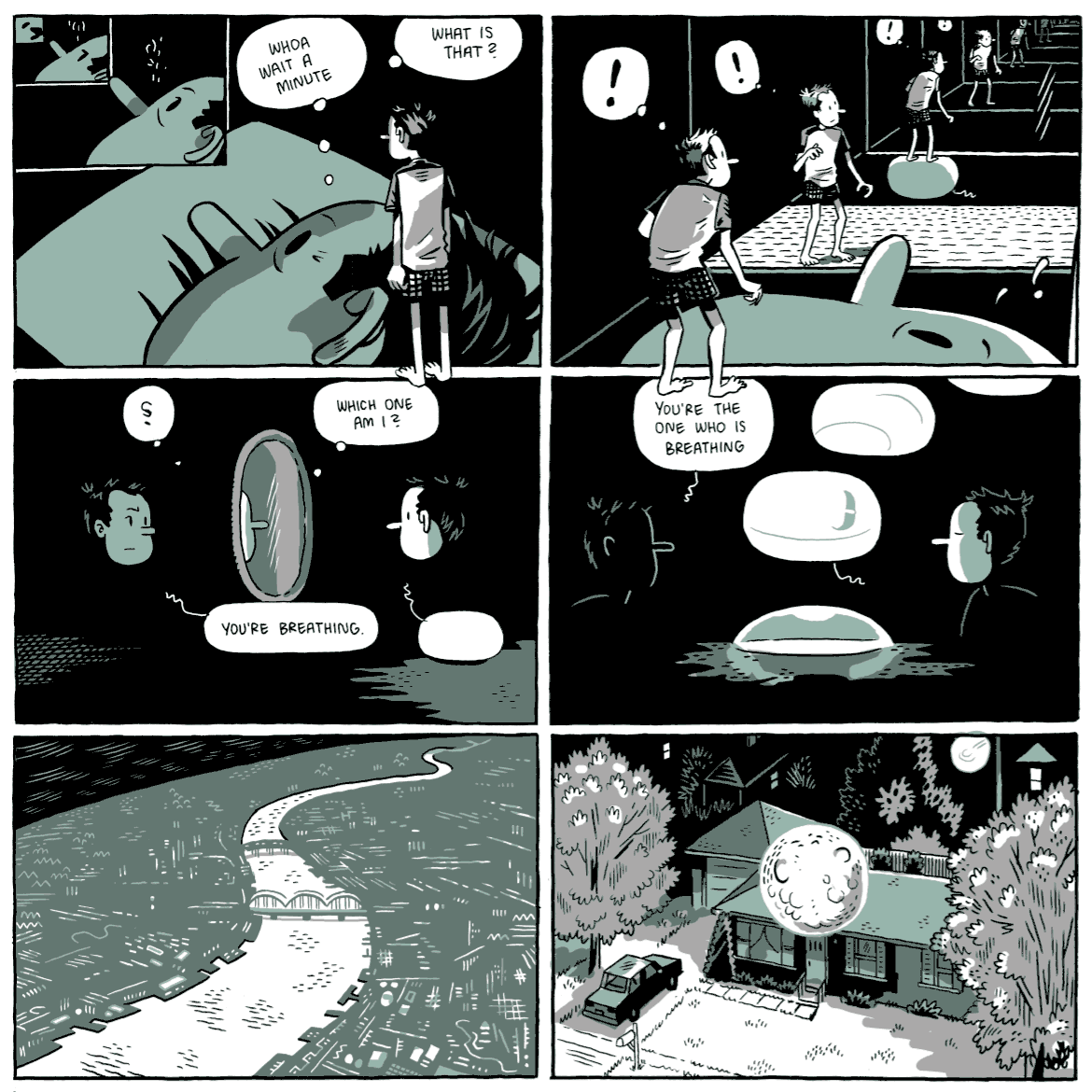The Collected Works of Chogyam Trungpa, Vol. 2
New Years card
copying Souther Salazar
Clip Art
Viral Webcomic
Book Review
by May R. Berenbaum
-Insects are written about in short 1-2 page entries. This is a sequel. I did not read the first book. This short form is fitting for writing about insects. The form of the entries consists of: many puns, perhaps to add some light-heartedness to descriptions of the insectoid horror-world; some discussion of how each species affects the lives of human beings; and of course Latin name, life cycle, diet, mating, unusual behaviors and memorable peculiarities, etc.. Insects are strange and beautiful and they often mess up things for human beings by biting them or messing with their crops. I enjoyed reading this book. First I read it as something to help me fall asleep but then as pure pleasure and distraction for a troubled mind.
Podcast Appearance
I enjoyed it. We talked over Skype.
Book Review
I like their idea of "false play" / "playing false:" This is when a person "is engaged in an activity that no longer has meaning in itself, merely in order to experience a pleasant and satisfying state of consciousness" but is now concerned with "reward or the avoidance of punishment." This not only screws with the "generative order of consciousness" but generates violence: the denial of the freedom of creative states of mind "brings about a pervasive state of dissatisfaction and boredom. This leads to intense frustration..." and deadened senses, intellect, and emotions, and the loss of a capacity for "free movement of awareness, attention, and thought." (I've been thinking back and forth about signing up with Patreon all week...)
Consider, for example, a hypothetical individual whose consciousness had been "cleared up" both in the individual and the cosmic dimensions. Although this person might be a model of wisdom and compassion, his or her value in the general context would be limited. For because of "unconscious" rigidity in the general infrastructure, the rest of humanity could not properly listen to this person and he or she would either be rejected or worshiped as godlike. In either case there would be no true dialogue at the social level and very little effect on the vast majority of humanity. What would be needed in such a case would be for all concerned to set aside assumptions of godlike perfection, which makes genuine dialogue impossible. In any case, the truly wise individual is one who understands that there may be something important to be learned from any other human being. Such an attitude would make true dialogue possible, in which all participants are in the creative "middle ground" between the extremes of "perfection" and "imperfection." In this ground, a fundamental transformation could take place which goes beyond either of the limited extremes and includes the sociocultural dimension.
-
Toast
Gift Ideas
No exchanges allowed. – Human beings are forgetting how to give gifts. Violations of the exchange-principle have something mad and unbelievable about them; here and there even children size up the gift-giver mistrustfully, as if the gift were only a trick, to sell them a brush or soap. Instead, one doles out charity, administered well-being, which papers over the visible wounds of society in coordinated fashion. In its organized bustle, the human impulse no longer has any room, indeed even donations to the needy are necessarily connected with the humiliation of delivery, the correct measure, in short through the treatment of the recipient as an object. Even private gift-giving has degenerated into a social function, which one carries out with a reluctant will, with tight control over the pocketbook, a skeptical evaluation of the other and with the most minimal effort. Real gift-giving meant happiness in imagining the happiness of the receiver. It meant choosing, spending time, going out of one’s way, thinking of the other as a subject: the opposite of forgetfulness. Hardly anyone is still capable of this. In the best of cases, they give what they themselves would have liked themselves, only a few degrees worse. The decline of gift-giving is mirrored in the embarrassing invention of gift-articles, which are based on the fact that one no longer knows what one should give, because one no longer really wants to. These goods are as relationless as their purchasers. They were shelf-warming junk from the first day. Likewise with the right to exchange the gift, which signifies to the receiver: here’s your stuff, do what you want with it, if you don’t like it, I don’t care, get something else if you want. In contrast to the embarrassment of real gifts, their pure fungibility still represents something which is more humane, because they at least permit the receiver to give themselves something, which is to be sure simultaneously in absolute contradiction to the gift.
In relation of the greater abundance of goods, which are available even to the poor, the decline of gift-giving may appear unimportant, and reflections on it as sentimental. However, even if it became superfluous in a condition of superfluity – and this is a lie, privately as well as socially, for there is no-one today whose imagination could not find exactly what would make them thoroughly happy – those who no longer gave would still be in need of gift-giving. In them wither away those irreplaceable capacities which cannot bloom in the isolated cell of pure interiority, but only in contact with the warmth of things. Coldness envelops everything which they do, the friendly word which remains unspoken, the consideration which remains unpracticed. Such iciness recoils back on those from which it spread. All relations which are not distorted, indeed perhaps what is reconciliatory in organic life itself, is a gift. Those who become incapable of this through the logic of consequence make themselves into things and freeze.
-
Movie Ideas
News and Meta Stuff (November 2014)
I'm assuming people still look at this, either following links (why?) from others' more active blogs or using an RSS feed reader (what's that again?) (oh hey, look, I had forgotten about this guy. what's he up to?). Well, I'm glad you asked.
I'm still working on Ganges: The River at Night, which I'm working very hard on, but I've also been happily interrupted with a few other projects this year, which, given our mutual goodwill and your patience with me so far, I'll assume you might like to hear a something about:
META-MODERN COMICS
I drew a comic with Conrad Bakker (a brilliant artist and former art professor of mine) for an exhibition catalogue at the Krannert Museum in Urbana-Champaign (link). I had a great time working on it. I'll update when I know more.
(insert images)
WW1 POETS SOCIETY
It's the 100th anniversary of WW1. (Maybe I'll round out the year by uploading more of Frank King's WW1 era political cartoons? There's still time.) I adapted a poem by a "trench poet" for an anthology published by First Second. I was email interviewed about it, and my answers can be seen here, interwoven with the answers of James Lloyd and Hannah Berry.
OTHER NEWS
• also I will have a few stories in the upcoming Drawn and Quarterly 25th Anniversary Anthology. I should be working on that right now, instead of typing this post.
• My new "main" comic will be called Ganges: The River at Night. It will be out in the spring.
12:34
we got em
/
by James P. Carse
Saul Steinblogging
I've started keeping a notebook to warm-up and get inspired where I jot notes and sketches about the work of Saul Steinberg and what I get out of his work. I'll be posting some of this material in the coming weeks (months? years?) over at my other blog, New Construction, where I write sporadically about making comics. Here's a link to all the posts so far.
Walt and Skeezix in: The Hall of Mirrors of Nature


-Frank King
"...so we see the search that characterizes the deluded mind is for a profound “answer.” The simple answer is that the simple and the profound are the same thing, that flatness and roundness and identity and non-identity coexist in a larger dimension of emptiness. Simple obvious everyday mind, thoughts, and things are in fact “profound” and a path to liberation in the sense that they make up part of a wide and deep co-ordinated co-dependent symbol space which is always dialectically in motion. And this dialectic movement proceeds, via the mirroring of emptiness itself-as-itself-mirroring to itself in itself-as-mirror, and we now comprehend this as a hall of mirrors in infinite "space." The stepping to the side and seeing the line between one image and the mirror and an infinite "meta-space" of meaning and non-meaning, this is how mirroring is itself seen. From this angle we see the frame mirroring itself. This movement is not our movement but is in fact stillness, is seeing that the mirror itself moves."
-Jean-Luc Heilegra, from a footnote about this Gasoline Alley Sunday strip in
Method and Being


























